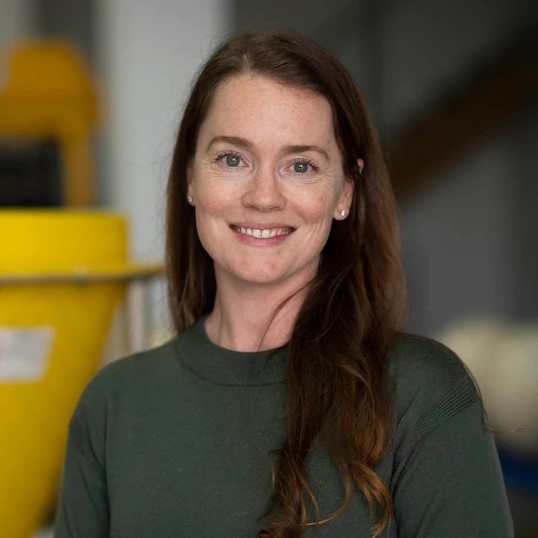PROJECT 5: Biogeochemistry
Changes in the physical environment of the Southern Ocean will be assessed by comparing new observations to past measurements. Models will be used to test hypotheses and assess the sensitivity to changes in forcing, as well as to make projections of future change. This effort will use a variety of observational platforms, including the Marine National Facility RV Investigator, the soon-to-be-commissioned Australian icebreaker RSV Nuyina, the Southern Ocean Time Series moored observatory supported by Australia’s Integrated Marine Observing System (IMOS), and autonomous underwater platforms. Measurements will quantify heat and CO2 uptake, the progress of ocean acidification (contributing to the commitment to UN Sustainable Development Goal 14) and the supply of iron, a key micro-nutrient that regulates the productivity of Southern Ocean ecosystems.
The key science questions for this project are:
- What drives the unexpectedly large multi-year and decadal changes in the magnitude of Southern Ocean CO2 uptake, and how do they affect our understanding of probable future ocean CO2 uptake?
- What is the specific progress of ocean acidification impacts (lowered pH, reduced carbonate saturation, and higher CO2 availability) and accordingly which regions in the Southern Ocean and Antarctic coastal waters are likely to be more resilient to ocean acidification?
- Is iron supply or its bioavailability, as key controllers of Southern Ocean productivity, likely to increase over the coming century, and what processes will control this?
- What will be the expected magnitude of change in Southern Ocean primary productivity this century, and what controls this (with Theme 3. Future of Sea Ice, Krill and Ecosystems)?
- How will the transfer of energy from phytoplankton to higher levels in the food web be affected by the impact of biogeochemical change on phytoplankton community structure (with Theme 3. Future of Sea Ice, Krill and Ecosystems)?


